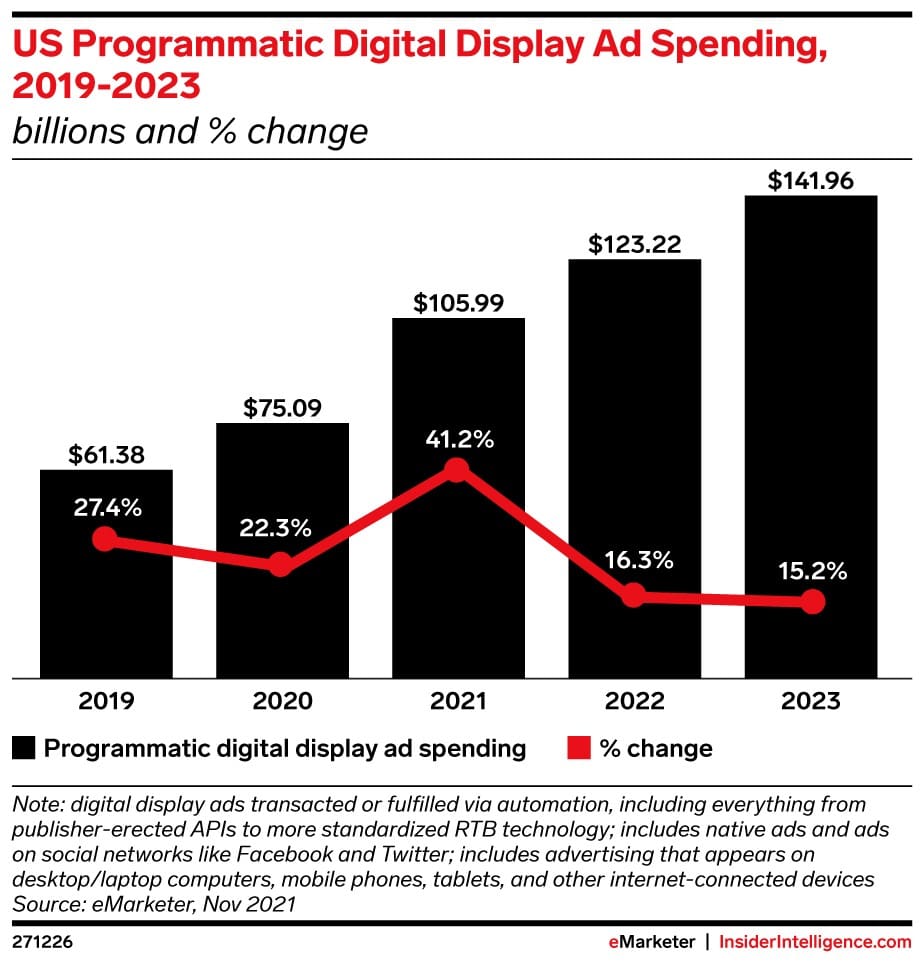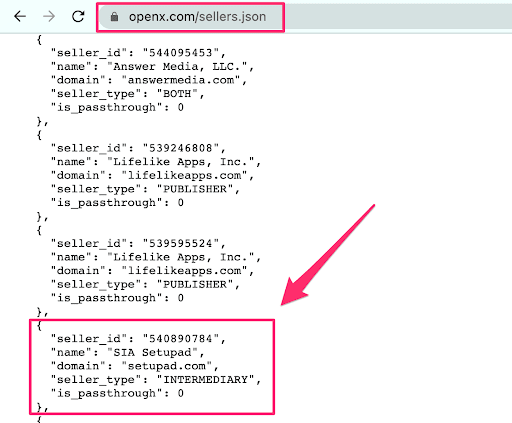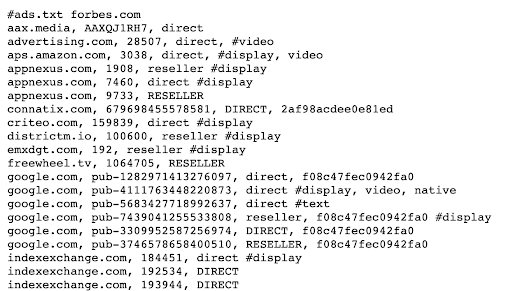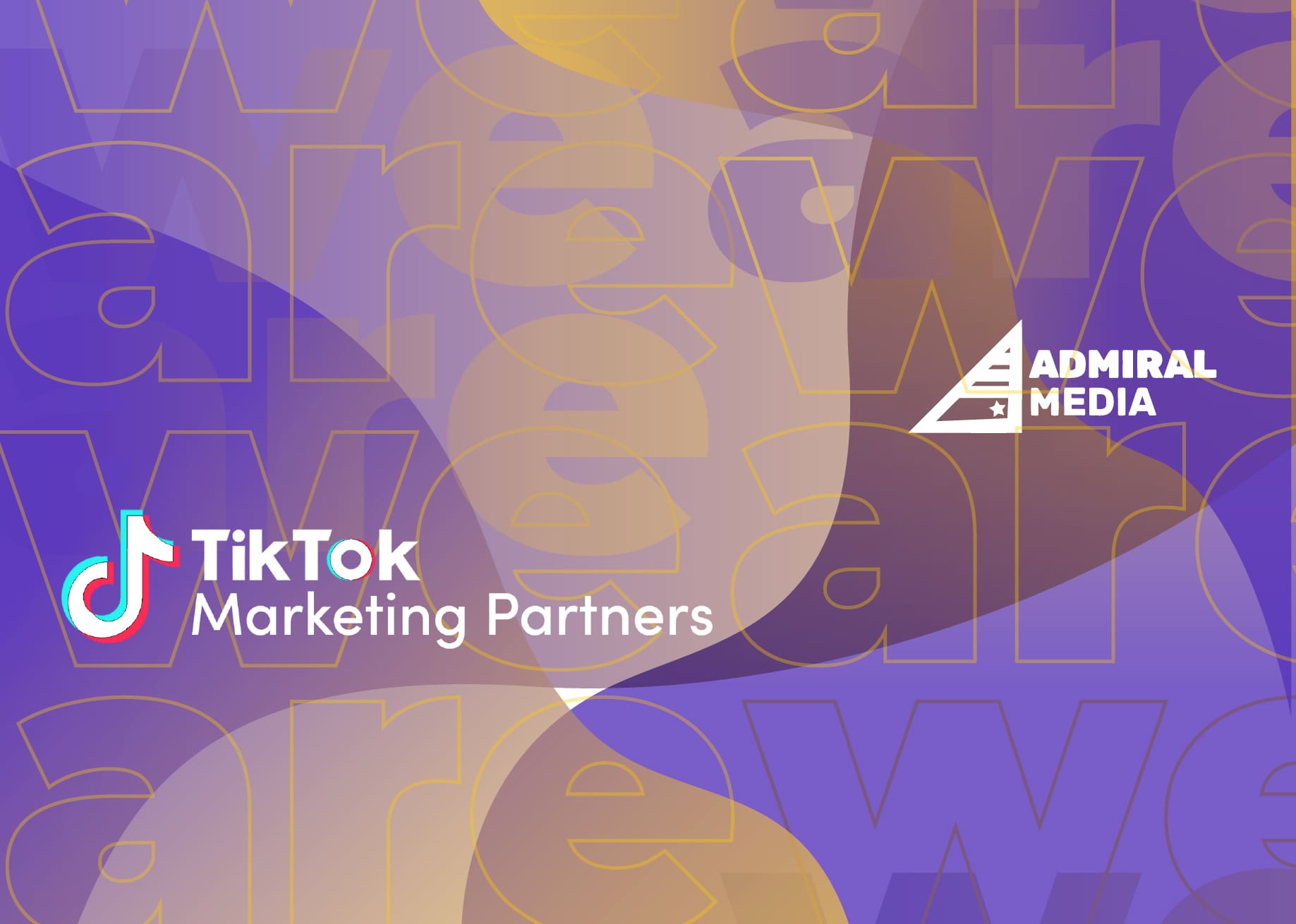Programmatic advertising is marketing in easy mode. You can purchase ad space on thousands of apps and websites instead of dealing with publishers directly. And for the dollars you put in, you get a bunch of impressions, clicks, and conversions. So you can see exactly what you got in return for the money you spent on advertising. That’s why it’s no surprise that programmatic ad spending is increasing. In 2022, advertisers are set to spend a whopping $123.22 billion on programmatic display ads, a 16.3% increase in 2021. 
Table of Contents
But if you took a closer look at the programmatic ads value chain, you would quickly realize that you’re not getting value for money. If you’re using programmatic ads, there’s a good chance a big chunk of your budget is wasted on fee chaining. Check Our Marketing Ad Budget Calculator
The Programmatic Ads Placement Journey
Before we get to the problems with the value chain, here’s a quick recap of how the programmatic ad-buying ecosystem works. Several things happen for an ad to be displayed on a website or app. First, the advertiser creates the ad and submits it to a programmatic ad platform. These demand-side platforms (DSP) serve advertising on an inventory of apps and websites (publishers). The DSP allows advertisers to reach their target audience based on location, demographics, online behavior, and other characteristics. Advertisers can enter a minimum or maximum daily budget, set manual bids, or automate everything, so the DSP handles the bidding process. On the other side, there are supply-side platforms (SSP). These platforms enable publishers to submit their web pages or apps as ad inventory. Publishers receive a fee from the SSP for the ad space. With programmatic media buying, the ad placement process happens automatically in real-time. Looking at the overall flow, the programmatic ads journey doesn’t appear too complex. The problem is that multiple companies can be involved at each stage. Managed service DSPs for example charge from 25% to 40% margins, sometimes higher, yet these are usually not disclosed to buyers. While the value of a managed DSP is evident, there is no direct relation to fees charged. The same scenario is found when looking at SSPs, their fees are usually not disclosed, sometimes even to publishers if not on a revenue share pricing model.
The Problem With the Programmatic Ads Value Chain
Programmatic ad platforms can help you reach millions of people across an enormous number of websites and apps. But most of these platforms do not offer a unique inventory of publishers. Instead, they tap into the inventories provided by other platforms and add their commission on top or charge different fees with no apparent added value of one over the other. As an advertiser, you pay the commission of at least two platforms, plus the publisher’s fee, for your ad to be displayed. The value many programmatic ad platforms contribute doesn’t come close to justifying the commission they charge. A good way to illustrate the issue is a clip from Mad Men, the TV series set in the advertising world of the 1960s. When new girl Peggy joins the fictional Sterling Cooper ad agency, copywriter Paul explains the business model of the media buying department: “That’s the whole shakedown, actually. They don’t sell ideas or campaigns, or jingles. They sell media at a 15% markup.” Source The more intermediaries in the process, the higher your programmatic costs will be. And less of your digital advertising budget goes into placing ads.
Estimate of the Total Money Lost for Advertisers
So how much does this hole in the value chain cost advertisers? In 2020, the Incorporated Society of British Advertisers (ISBA) conducted a study into the programmatic advertising supply chain. Researchers analyzed the data from 15 brands, 8 ad agencies, 5 DSPs, 6 SSPs, and 12 publishers. In total, the study tracked £100m of UK programmatic ad spend. The study concluded that the current programmatic advertising ecosystem “does not serve the principal interests” of advertisers or publishers. Less than 50% of the money brands spent on advertising reached the end publishers, with 35% going to DSPs, SSPs, and agencies. Alarmingly, researchers discovered that 15% of the money that entered the supply chain could not be attributed. 

This unattributable cost accounts for almost a third of the total money spent in the programmatic ads supply chain. The researchers also pointed out that the study only included disclosed programmatic models. In most cases, unattributable costs are likely to be higher. In 2016, The Guardian newspaper purchased its own ad inventory to investigate the programmatic digital ads ecosystem. It received just 30% of the money it spent on ads. The supply chain swallowed up the rest.
Get Around This by Finding a Platform That Works Directly With Publishers
Much of your ad spend ends up with ad platforms and tech companies, not the publishers that show your ads. This means publishers spend less on improving their inventory and targeting algorithm, which translates into an even greater loss for you as an advertiser. But display advertising is still a vital part of the marketing mix. And programmatic ad platforms play an essential role in connecting publishers and advertisers in real-time. So what can you do to maximize your returns and cut down on programmatic campaign wastage? The easiest fix is to find a programmatic ads platform that works directly with publishers, not through an SSP. This will help you save wasted ad budget and avoid paying 25% to 40% extra fees for no additional value.
How to avoid overpaying
To get a better understanding of where the budget goes, we would recommend checking out the ads.txt, sellers.json, or the “schain” object on oRTB protocol to help navigate the complex programmatic supply landscape and identify direct-to-publisher SSPs. The Sellers.json was introduced by the IAB to increase transparency. It’s a file that SSPs use to declare a list of all authorized sellers and resellers of the publisher’s ad inventory. Here is an example of what it looks like;


On the publishers’ side, the ads.txt file is a file where publishers publicly have to declare sellers that are authorized to sell their ad inventory and whether it’s a direct seller or reseller. It’s simply a list of websites. Here is an example from Forbes: https://www.forbes.com/ads.txt.







